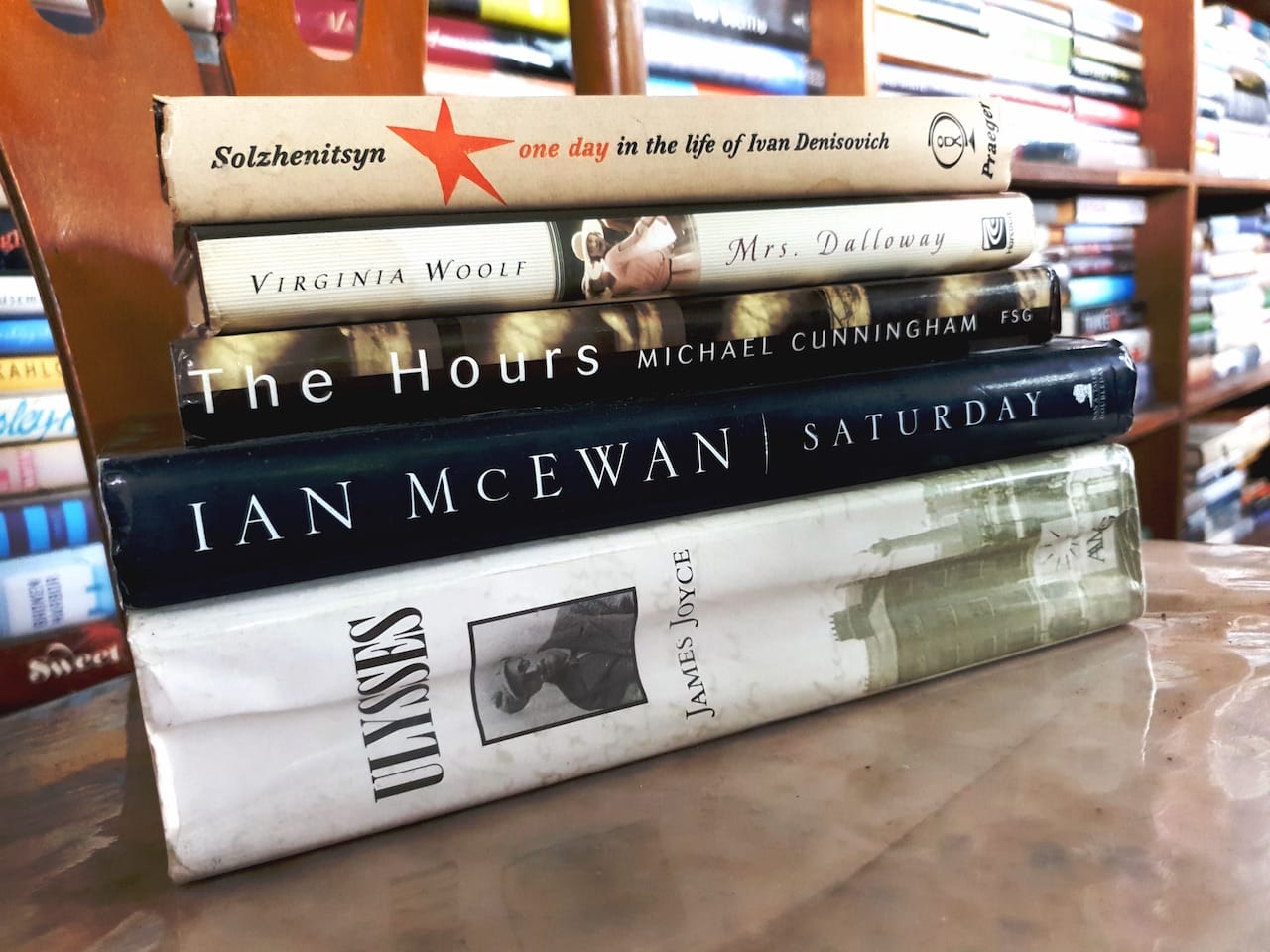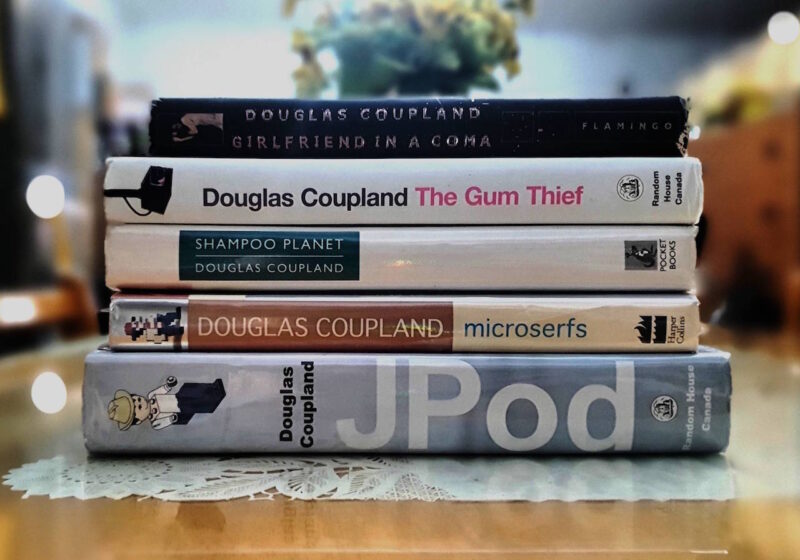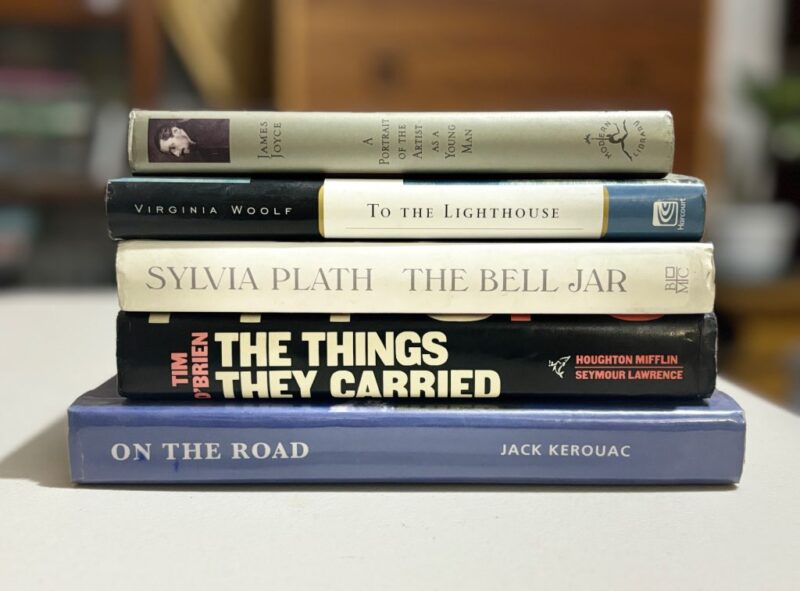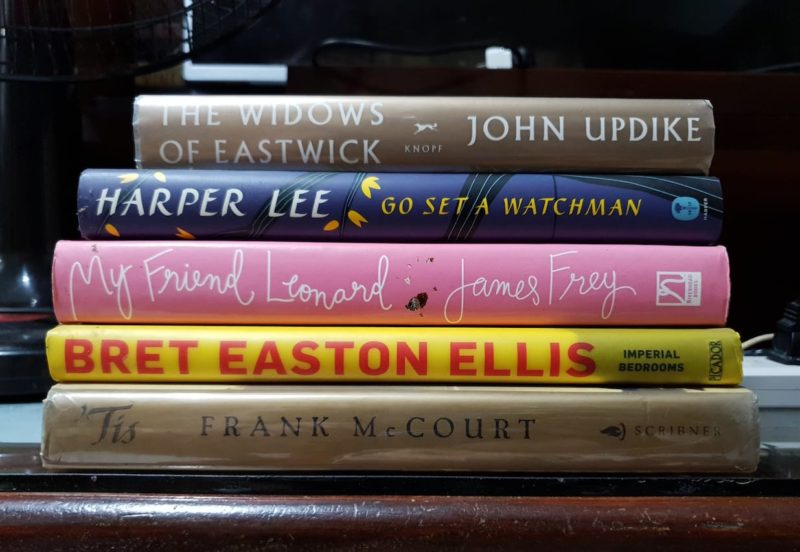One Day in the Life of Ivan Denisovic by Aleksandr Solzhenitsyn
Soviet labor camps, from 1950 to 1953, are described in Aleksandr Solzhenitsyn’s One Day in the Life of Ivan Denisovich (Odin den’ Ivana Denisovicha, 1962). The struggle of inmate Ivan Denisovich Shukhov to retain his dignity in the face of communist persecution is beautifully shown in this novel about a Russian soldier wrongfully convicted of high treason during World War II, resulting to his incarceration and hard labor in the harshest of Siberian lands.
While The Gulag Archipelago (1973), a treatment of his experiences in Stalinist labor camps, established Solzhenitsyn’s reputation and confirmed his status as a literary genius, the publication of One Day in the Life of Ivan Denisovich during Nikita Khrushchev’s de-Stalinization program foreshadowed his masterpiece that would make him an instant celebrity.
Mrs. Dalloway by Virginia Woolf
What many consider to be Virginia Woolf’s best work, this book depicts the events of one day in the life of a woman. Clarissa Dalloway spends her time running errands to get ready for an upcoming party at her house, but that day is marked by the sudden and tragic death of an unknown young man. Woolf triumphantly shows her distinctive style as a novelist by giving an apparently ordinary day such immense resonance and significance—infusing it with the elemental conflict between death and life.
Essentially plotless, Woolf’s Mrs. Dalloway (1925) takes place mainly in the characters’ minds. It’s as if the memories of her carefree youth, the practicality of her husband, and the approach and retreat of war flood back as she gets her house ready for guests. Despite her preoccupation with the last-minute details of a party, Mrs. Dalloway is more than just a perfect society hostess in this vivid portrait of a single day in the life of a woman. As the story moves forward and back in time, as well as between the minds of the characters, it paints a vivid picture of Clarissa’s life.
The Hours by Michael Cunningham
Three generations of women—who have been influenced by the classic novel Mrs. Dalloway—are intertwined in this exquisite novel, which moves effortlessly across time and space. In the 1920s, Virginia Woolf is trying to start a new novel in London while fighting her rebellious spirit. During the summer of 1940s Los Angeles, a young wife and mother long to escape and read her prized copy of Mrs. Dalloway. In the 1990s, Clarissa Vaughan steps out of her Greenwich Village apartment to buy flowers for a party she is hosting for a dying friend.
Each part covers a different consciousness and a single day. The Hours (1998) is a stream-of-consciousness retelling of Mrs. Dalloway where the thoughts and perceptions of characters are presented as they would be in real life: unfiltered, flitting from one thing to the next, and frequently surprising. Using Woolf’s life and work, Michael Cunningham tells the story of a group of characters grappling with the conflicting claims of love in various forms.
Saturday by Ian McEwan
Saturday (2005) by Ian McEwan is set in the aftermath of the 9/11 terrorist attacks and revolves around neurosurgeon Henry Perowne and the events that transpire on a specific Saturday of February 2003. Henry wakes up in his big London apartment in the middle of the day on his day off. He is awakened by the sound of a plane landing above the Post Office Tower and finds a jet burning across the London sky.
Since it is a novel of consciousness, Saturday focuses a great emphasis on individuals’ thoughts and experiences as they relate to time. This means that a single day in the life of Perowne would require approximately 279 pages, which is not particularly long in this kind of novel.
Ulysses by James Joyce
James Joyce’s Ulysses (1920) is an example of a modernist work of literature, a masterpiece with a diverse and dynamic stylistic palette. The text is highly allusive and mimics a variety of English literary forms. Exuberant language and earthy humor are only some of the captivating experimental tactics in this novel. When it comes to storytelling, Ulysses is unlike any other novel since the narrative refuses to follow the storyline and instead engages a stream-of-consciousness structure within each of the characters’ heads.
There are numerous facets to the novel but the main narrative is simple. It is loosely based on Homer’s Odyssey (1614) and follows a group of everyday Dubliners. Ulysses is a one-day story that takes place entirely in Dublin (on June 16, 1904) and captures the life of Dubliners Leopold Bloom, his pals Buck Mulligan and Stephen Dedalus, his wife Molly, and a dazzling cast of supporting characters. This is a novel with a story that needs to be enjoyed as a whole, instead of wasting time attempting to figure out it’s numerous allusions.
Further Reading
Day’s In: Novels With Very Short Time Spans, Dave Astor on Literature
The Crucial Way to Figure Out How Much Time Your Story Should Cover by K.M. Weiland, Helping Writers Become Authors
A day in the life: the best books set over 24-hours by Alex Clark, The Guardian
One day can change your life: YA stories set in 24 hours (or less) by Kelly Jensen, Book Riot





2 Comments
Add Yours →Excellent post, and thank you for the mention in “Further Reading”!
You’re very welcome! We’re glad you liked the post.